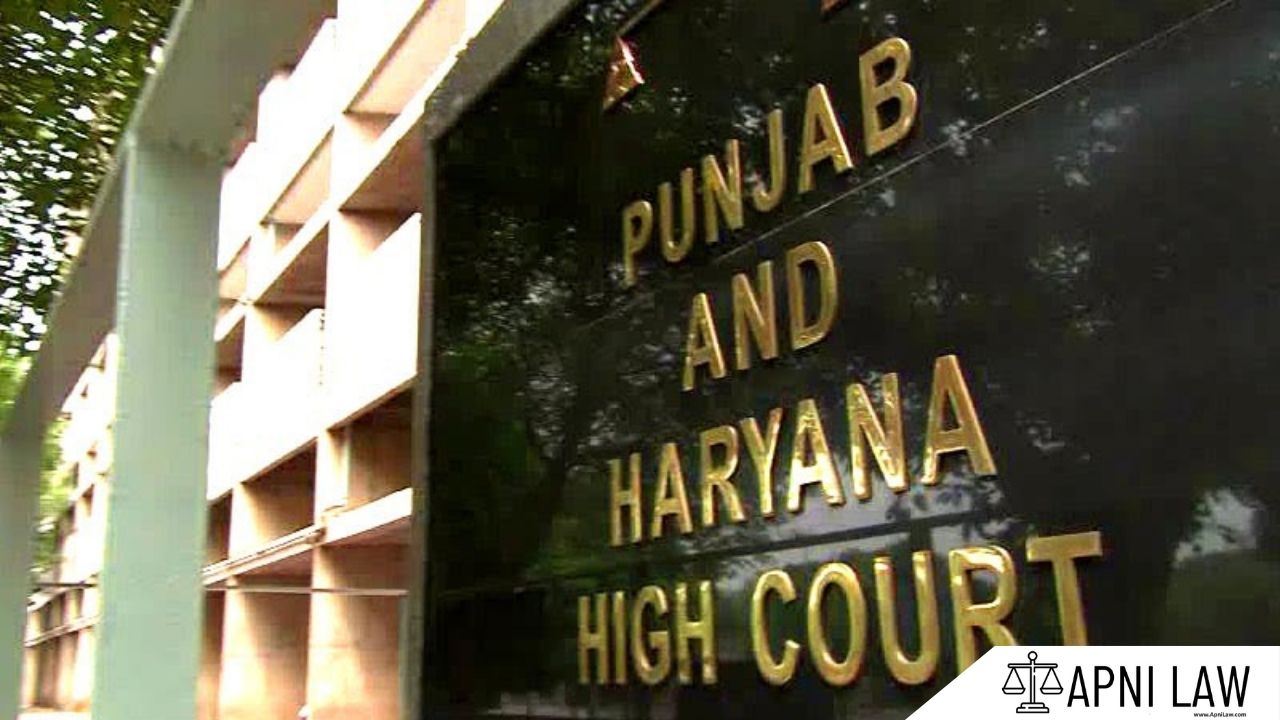Code:
When an appeal under this Chapter is heard by a High Court before a Bench of Judges and they are divided in opinion, the appeal, with their opinions, shall be laid before another Judge of that Court, and that Judge, after such hearing as he thinks fit, shall deliver his opinion, and the judgment or order shall follow that opinion:
Provided that if one of the Judges constituting the Bench, or, where the appeal is laid before another Judge under this section, that Judge, so requires, the appeal shall be re-heard and decided by a larger Bench of Judges.
Explanation:
Section 392 of the CrPC deals with the scenario where the judges of an appeal court are equally divided on their verdict.
It dictates the procedure to be followed in such cases.
In the event of an equal division of opinion among the judges of an appeal court, the following occurs:
- The matter is referred back to the lower court for a fresh trial.
- The opinion of the lower court shall stand as the final decision in the case.
This procedure ensures that the case is not left in a state of uncertainty and that a final decision is reached.
Illustration:
Suppose a High Court is hearing an appeal against a lower court’s decision. There are two judges on the bench. Both judges have differing opinions on the case.
In this situation, Section 392 of the CrPC would apply.
The case would be referred back to the lower court for a fresh trial. The decision of the lower court in this new trial would then be final.
Common Questions and Answers:
Q: What if the judges are equally divided on a question of law?
A: In such a scenario, the matter would be referred back to the lower court for a fresh trial. The decision of the lower court would then be final.
Q: What if the lower court has already given its decision, and the judges are equally divided on the appeal?
A: In this case, the decision of the lower court would stand as final.
Q: Is there any provision for the judges to try and reach a consensus after the initial division of opinion?
A: Section 392 doesn’t specifically mention any provisions for reaching a consensus. However, it is common practice for judges to attempt to reconcile their differences before reaching a final decision.





